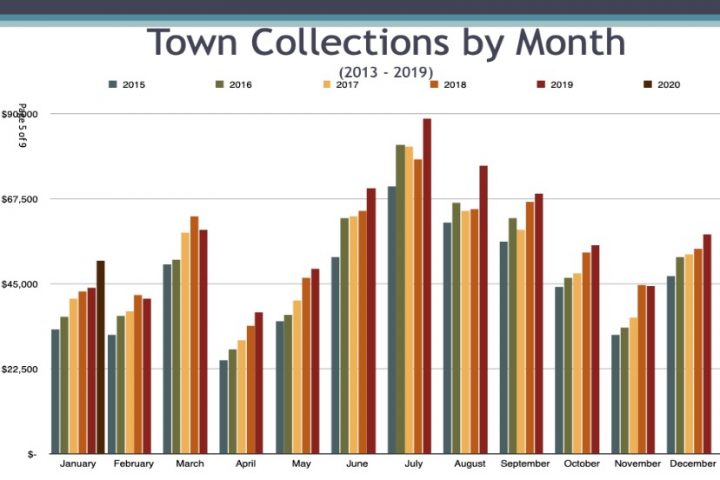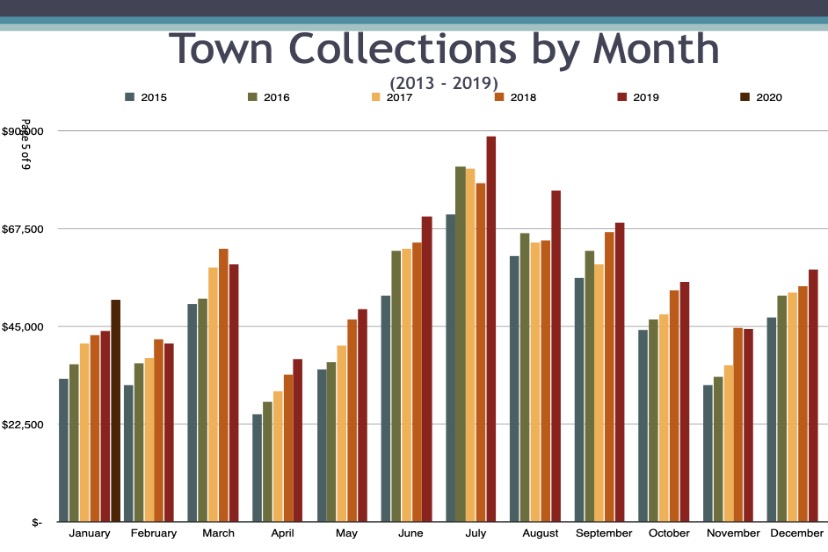“This is one of the greatest love stories I have ever read. … It is so beautifully written that it really takes you to another place in time and will make you ask yourself — how long could you, or would you, wait for love?”
— Oprah Winfrey, reviewing “Love in the Time of Cholera” for her Oprah.com book club.
Nobel Prize-winning author Gabriel García Márquez published his popular novel, El amor en los tiempos del cólera, in 1985; an English translation was published in 1988. The story is set in the author’s native country, Colombia, and follows its central characters, the two star-crossed lovers Florentino Ariza and Fermina Daza, over a half century, from 1880 until 1930.
50 years of cólera.
From Wikipedia:
García Márquez’s main notion is that lovesickness is literally an illness, a disease comparable to cholera. Florentino suffers from this just as he might suffer from any malady. At one point, he conflates his physical pain with his amorous pain when he vomits after eating flowers in order to imbibe Fermina’s scent. In the final chapter, the Captain’s declaration of metaphorical plague is another manifestation of this.
The term cholera as it is used in Spanish, cólera, can also denote passion or human rage and ire in its feminine form. (The English adjective ‘choleric’ has the same meaning.) Considering this meaning, the title is a pun: cholera as the disease, and cholera as passion, which raises the central question of the book: is love helped or hindered by extreme passion?
But maybe what we’re concerned about at the moment — April 2020 — isn’t romantic love, or cholera?
The bacterial infection known as ‘cholera’ reportedly strikes about 5 million people annually, and during a bad year, will be fatal for perhaps 130,000 people — typically children, and most living in poverty without access to clean water and modern sanitation.
Wikipedia suggests that, according to written records, cholera outbreaks have been occurring since at least 500 BC.
At least seven cholera ‘pandemics’ have occurred over the past 200 years, with the first major pandemic reportedly originating in India in 1817, facilitated by rapidly expanding international trade and transportation. The fifth international pandemic took place from 1881–1896, spread to Europe, Asia, and South America. Another pandemic lasted from 1899–1923.
There have been, meanwhile, many regional cholera outbreaks, such as a 1991–1994 outbreak in South America and, more recently, the 2016–20 Yemen cholera crisis.
We might note the temporal dimensions of these pandemics. 1881-1896. 1899-1923. 2016-2020.
But maybe what we’re concerned about at the moment is tourism.
The Pagosa Springs Area Tourism Board meets occasionally to discuss the best way to spend an annual Lodger Tax budget of about $800,000, to help promote Pagosa’s tourism industry. In February, for example, the Board allocated about $25,000 to support tourist-friendly events such as the Pagosa Folk ‘N Bluegrass Festival, a pickleball tournament, a wine & whiskey tasting event, live music at the Springs Resort, the Farmers Market.
(The Pagosa Wellness Festival also applied for funding, but apparently submitted an incomplete application. Too bad?)
The money comes mainly from a municipal 4.9% Lodgers Tax paid by people staying in motels, vacation rentals and other lodging establishments. The County government also collects a 1.9% Lodgers Tax from lodging located outside the town limits. The majority of the money is spent on external advertising and staff salaries.
The Lodging Tax revenue was looking pretty darn good in January. January is not usually one of the most profitable tourism months in Pagosa Springs, but this past January the collections were up about 16% over 2019, at about $51,000. We appeared to be on track for a banner year. In the graph below, we can see the somewhat remarkable January collections as a dark brown bar…

But of course, you don’t count your chickens before they hatch.
From the staff report for yesterday’s Tourism Board meeting:
LODGERS TAX FINANCIAL REPORT
The lodging tax report has only been updated through January. Payments for February were due March 20, after the closures and stay at home orders began. At this point, we do not anticipate many revenues received before the end of July. Many properties closed in late March and there is little to no tourism expected before stay at home orders are lifted and then recovery is expected to be slow as people become comfortable traveling and different states are on different timelines.
With all of that, given current circumstances, the increase of January collections over 2019 are irrelevant…
VISITOR CENTER UPDATE
The Visitor Center was closed on March 19. Traffic after March 12 began to decline rapidly. Many of the questions during the last week it was open were inquiring on available activities, given the Governor closed ski areas effective March 12… Calls increased over the last week, with more people inquiring about fall travel. Additionally, the visitor center has been able to operate “virtually.” The new itinerary-building app, powered by Visit Widget, through our website was launched in early March. Signs on the visitor center doors advises visitors to call us, visit our website or download the app…
We might want to compare the historical length of a typical cholera pandemic — say, fifteen years? — with the Tourism Board’s expectation that revenues will likely pick up after the end of July.
What happens, if you’re leery of riding in a sightseeing bus with people from Houston and Denver, two of the COVID hotspots this month?
Maybe, stay home and pay a ‘virtual visit’ to Pagosa using your Visit Widget app?

